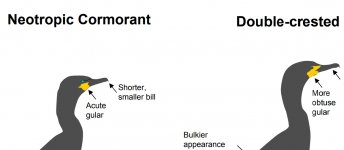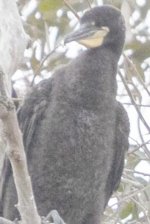There were 2 different ducks I couldn't ID with the Merlin app. I was at a large urban park with several lakes.
The first one is a diving duck that would go underwater for a while. Dark bill.
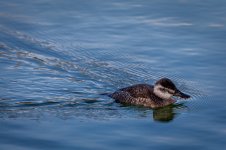
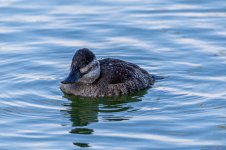
This is a different duck I couldn't ID. It was on land hanging out with Mallards
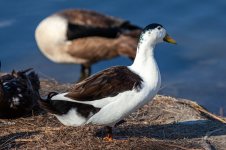
...and lastly, a cormorant. It was about 30 feet up in a tree. There were a lot of double breasted cormorants in the tree, but this one didn't have the orange going above his beak like the others.
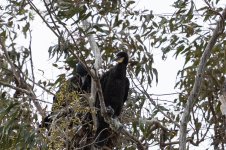
The first one is a diving duck that would go underwater for a while. Dark bill.


This is a different duck I couldn't ID. It was on land hanging out with Mallards

...and lastly, a cormorant. It was about 30 feet up in a tree. There were a lot of double breasted cormorants in the tree, but this one didn't have the orange going above his beak like the others.






